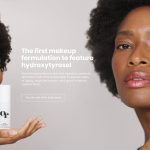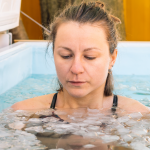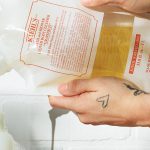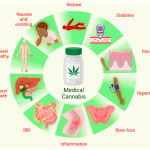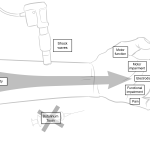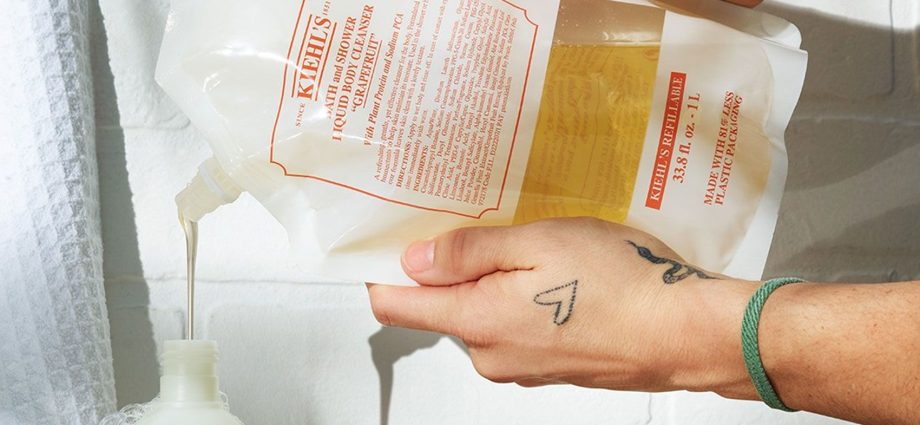For decades, buying a new moisturizer or serum felt like a linear journey. You bought the beautiful jar, used the product, and tossed the container. That was it. The packaging’s life was a one-way trip to the landfill. Honestly, it’s a system that feels increasingly… outdated.
But a quiet revolution is bubbling up in the beauty industry. It’s a shift from that straight line to a circle. A circular economy, to be exact. This isn’t just about recycling—though that’s part of it. It’s about a fundamental redesign of how we think about packaging, from the materials we use to the very end of a container’s life. Let’s dive into the smart, sustainable, and sometimes surprising world of upcycled and circular beauty packaging.
What Exactly is Circular Beauty Packaging?
Think of it like a loop, not a line. Circular packaging is designed from the start to be part of a continuous cycle. The goal is to eliminate waste entirely. This involves a few key principles:
- Designing for Reuse and Refill: Creating durable containers that are meant to be used again and again.
- Using Recycled or Upcycled Content: Making new packages from old materials, giving waste a second life.
- Ensuring Recyclability or Compostability: When a package truly reaches its end, it can safely return to the earth or be transformed into something new.
Upcycled packaging is a particularly clever branch of this. It takes waste materials from other industries—materials that would otherwise be discarded—and transforms them into something of higher value. Imagine glass bottles made from sandblasted post-consumer waste or containers crafted from coffee chaff. It’s alchemy, but for trash.
The Innovators Leading the Charge
Sure, the concepts sound great. But who’s actually doing it? Well, a growing number of brands, from indie darlings to industry giants, are proving that sustainable packaging can be both beautiful and functional.
Refillable Systems: The New Normal
Refillables are arguably the most visible part of this movement. They tap into a simple, almost nostalgic idea: you keep the beautiful outer vessel and just replace the inner core.
Brands like Kjaer Weis have built their entire identity around stunning, metal compacts that are designed to be treasured. You simply pop in a new blush or eyeshadow refill, drastically cutting down on packaging waste. It’s the makeup equivalent of a high-quality pen and ink cartridge.
On the skincare side, L’Occitane has made huge strides with its popular refill stations for hand creams and soaps. Customers bring their empty bottles back to the store and fill them up, creating a closed-loop system that feels both modern and communal.
Upcycled Materials: Where Waste Becomes Wonder
This is where things get really creative. Companies are looking at waste streams with new eyes.
REN Clean Skincare made waves by creating bottles from ocean-bound plastic. They’ve committed to a fully circular future, aiming for zero waste packaging by 2030.
Then there’s the truly unexpected. Seed Phytonutrients packages its products in shower-friendly paper containers that are made from 100% post-consumer recycled paper and… actually, they’re coated in a thin biofilm made from plants. Even cooler? Their bottles are embedded with seeds. You can literally plant the package after use.
Why This Shift is More Than a Trend
This isn’t just a feel-good marketing ploy. The drive toward circular and upcycled packaging is a direct response to some very real pressures.
Consumers are smarter and more demanding than ever. We’re overwhelmed by plastic pollution and we’re holding brands accountable. A 2023 survey showed that nearly 70% of consumers are more likely to purchase a product with sustainable packaging. That’s a number you can’t ignore.
And let’s be real, the traditional beauty industry has a packaging problem. Think about all those complex, multi-material components—the pumps, the mirrors, the mixed plastics. They’re a recycling facility’s nightmare. Circular design cuts through that complexity by simplifying materials and planning for the package’s next life from the very beginning.
The Hurdles on the Path to Circularity
It’s not all smooth sailing, of course. Transitioning to a circular model presents real challenges.
- Cost and Infrastructure: Developing new packaging molds and setting up refill or take-back programs is expensive. It requires a massive investment from brands.
- Consumer Habit: We’re conditioned for convenience. Remembering to bring a bottle back to a store or ordering a refill pouch online requires a shift in behavior.
- Supply Chain Complexity: Sourcing consistent, high-quality recycled or upcycled materials can be difficult. The supply isn’t always stable.
What Does the Future Hold?
The future of beauty packaging is starting to look less like a bin and more like a library. You borrow the vessel, you use it, and you return it for someone else. We’re seeing the rise of packaging-as-a-service, where you don’t even own the bottle—you just pay for what’s inside it.
Technology will play a huge role. Imagine QR codes on packages that tell you exactly how to disassemble and recycle them. Or digital passports for products, tracing a jar’s journey from recycled material to your shelf and back again.
The innovations in upcycled and circular beauty packaging are more than just a niche concern. They represent a fundamental rethinking of our relationship with the things we buy. It’s a move away from disposability and toward responsibility. It asks a simple but profound question: What if nothing was ever truly waste?



